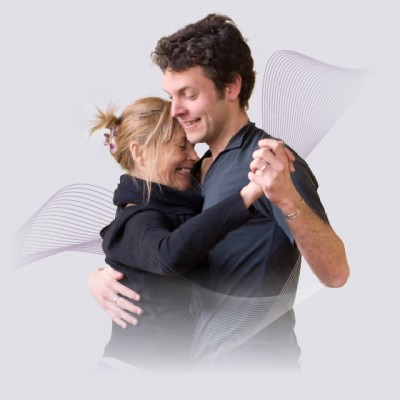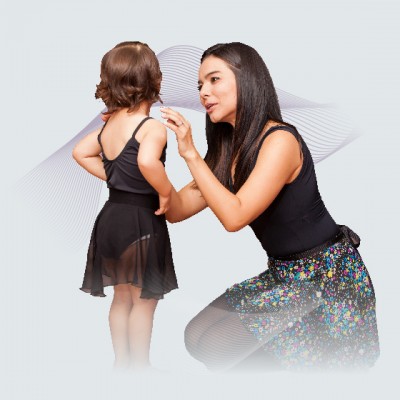Sequence
There are three Sequence Dancing categories, recognised in ballrooms worldwide.
Sequence Dancing is a style whereby dances are performed “in sequence”. The steps are arranged in such a way that everybody is dancing the same steps at the same time, usually to either 16 or 32 bars of music. Each of the categories below has its own style and charm, and many participants enjoy all three styles of dance.
Classical Sequence (Old Time) reflects the types of dance being performed in ballrooms across the land, as long ago as the 17th Century. The dances performed in this category include Polkas, Mazurkas, Gavottes, Minuets, Old Time Waltz, Two-steps, One-steps etc. These were later added to by the inclusion of Tangos, Saunters, Blues, Swings and other related dances.
Latin Sequence reflects the Latin American rhythms primarily developed for the ballroom from dances being performed in various parts of Latin America, Cuba, Africa etc. The dances incorporated into this category include Cha Cha Cha, Samba, Rumba, Jive, Paso Doble, Mambo, Bossa Nova, Merengue, Salsa etc.
Modern Sequence is represented by the dances that were developed mainly during the 20th Century, forming part of the Modern Ballroom Scene. The dances in this category are Modern Waltz, Foxtrot, Quickstep and Modern Tango.





